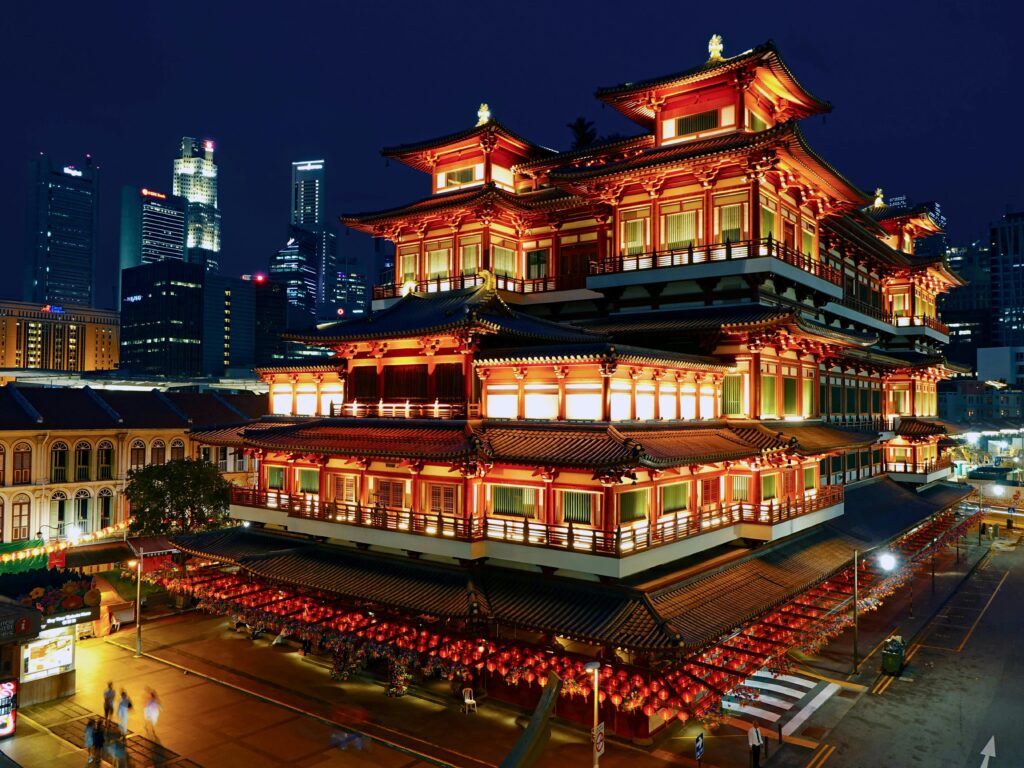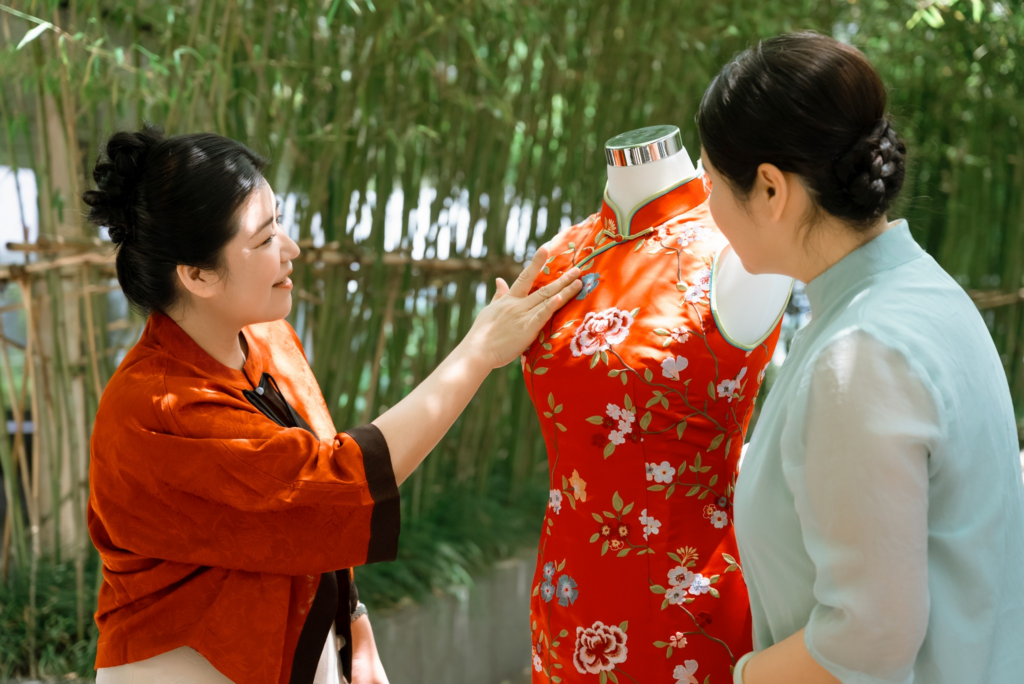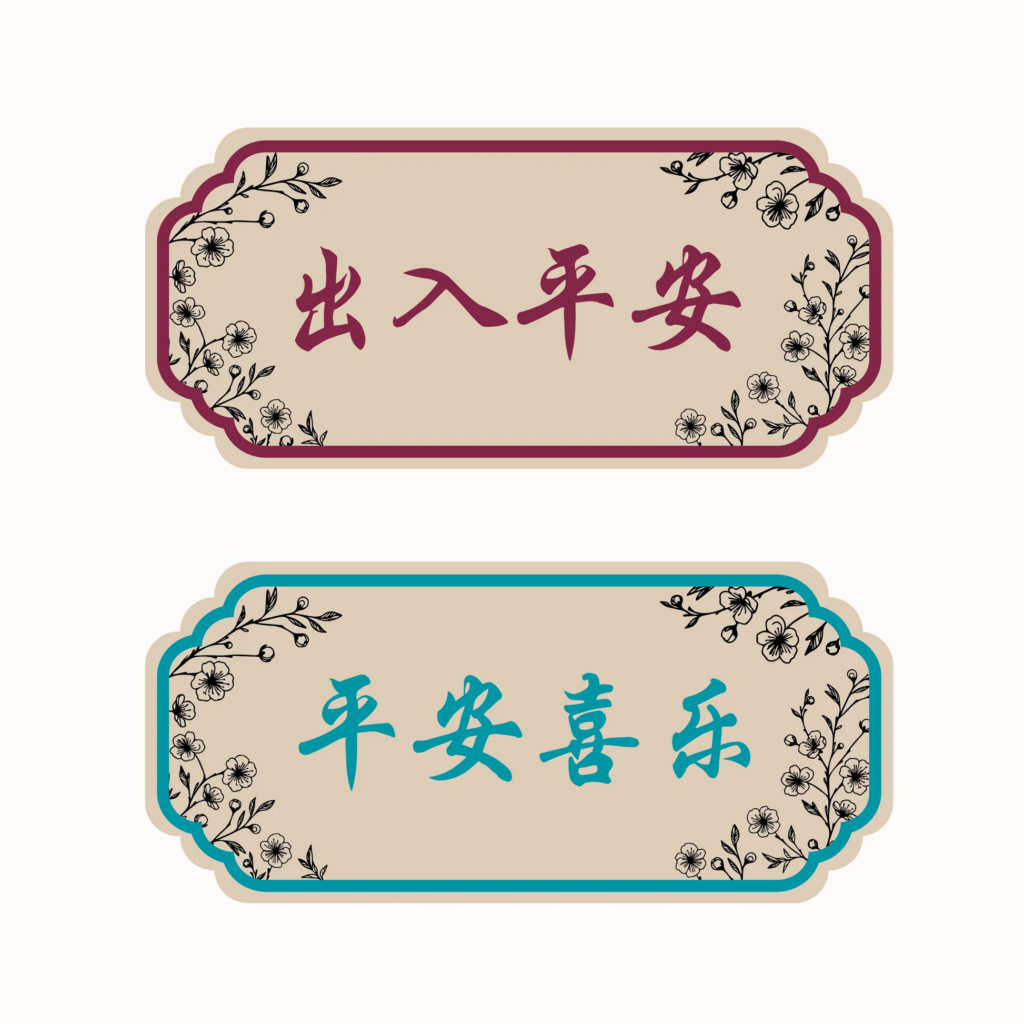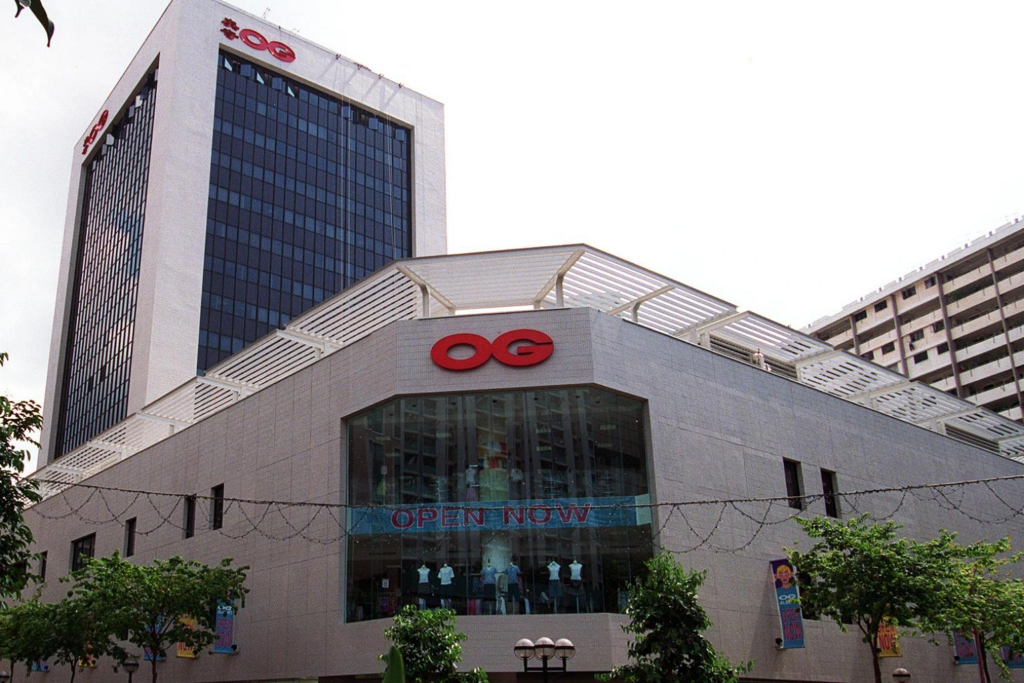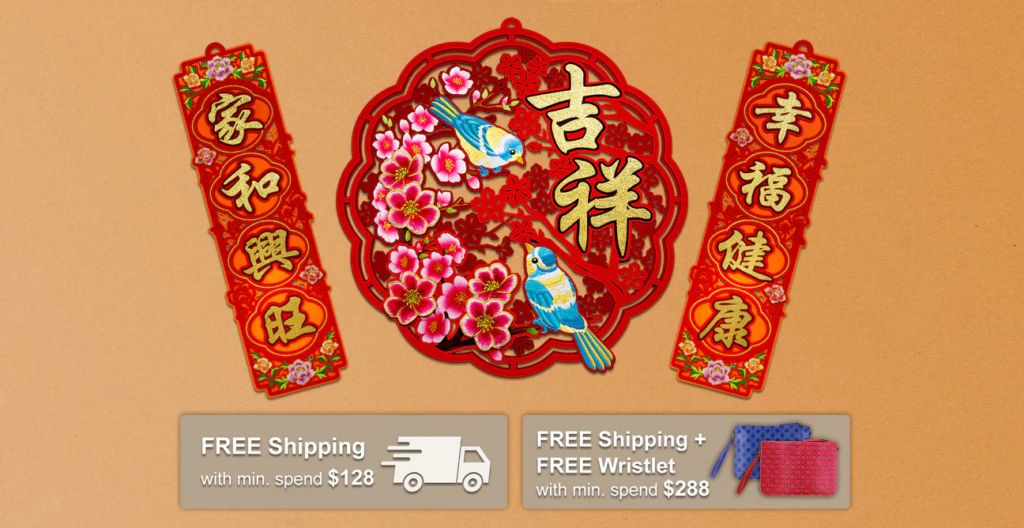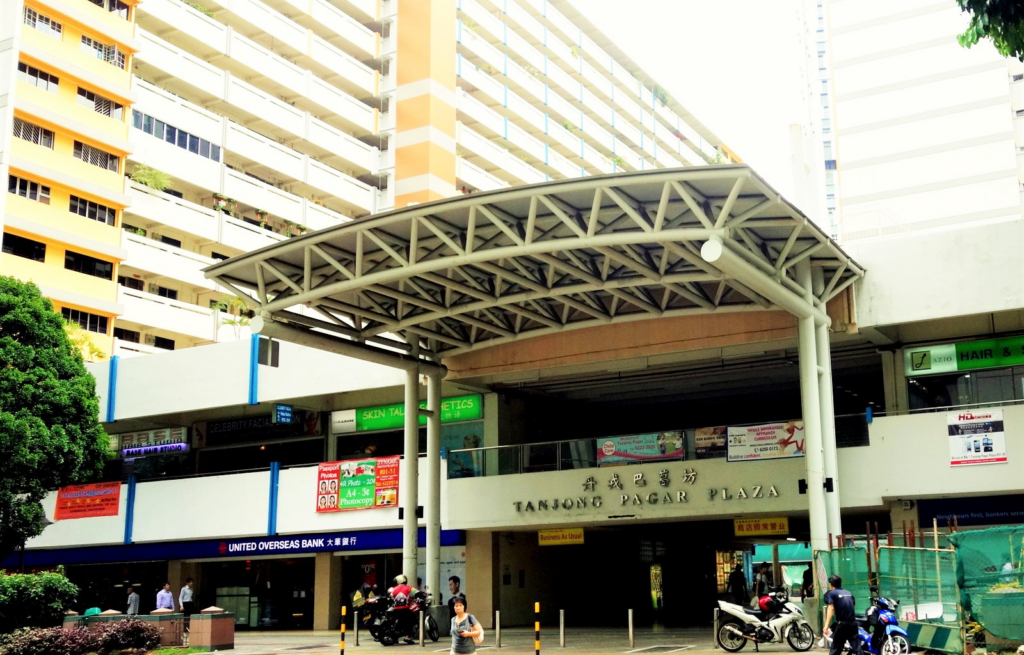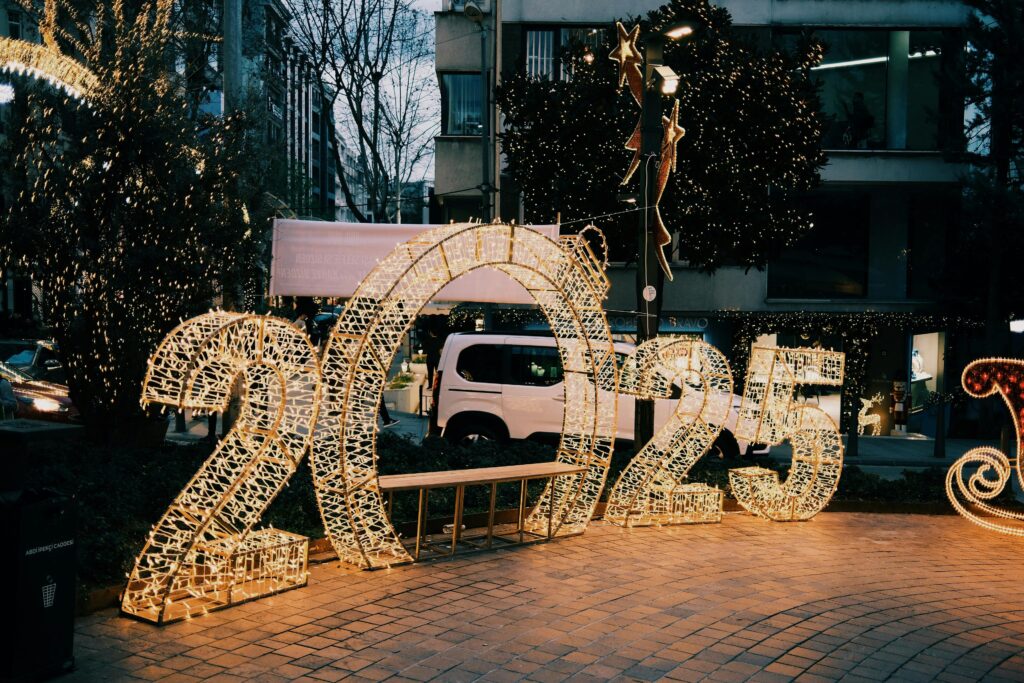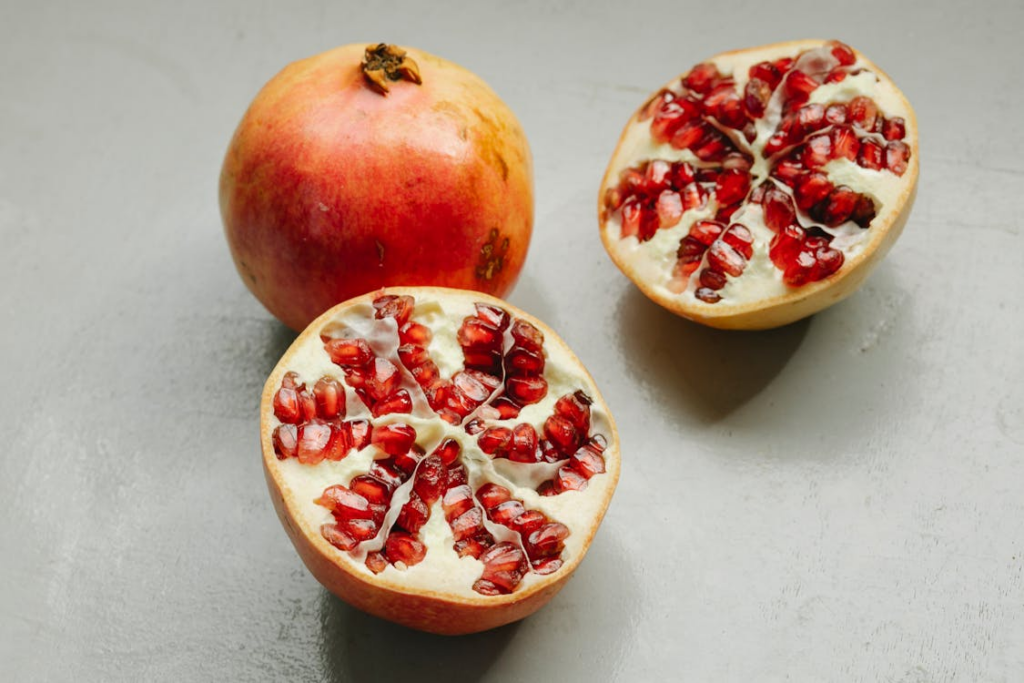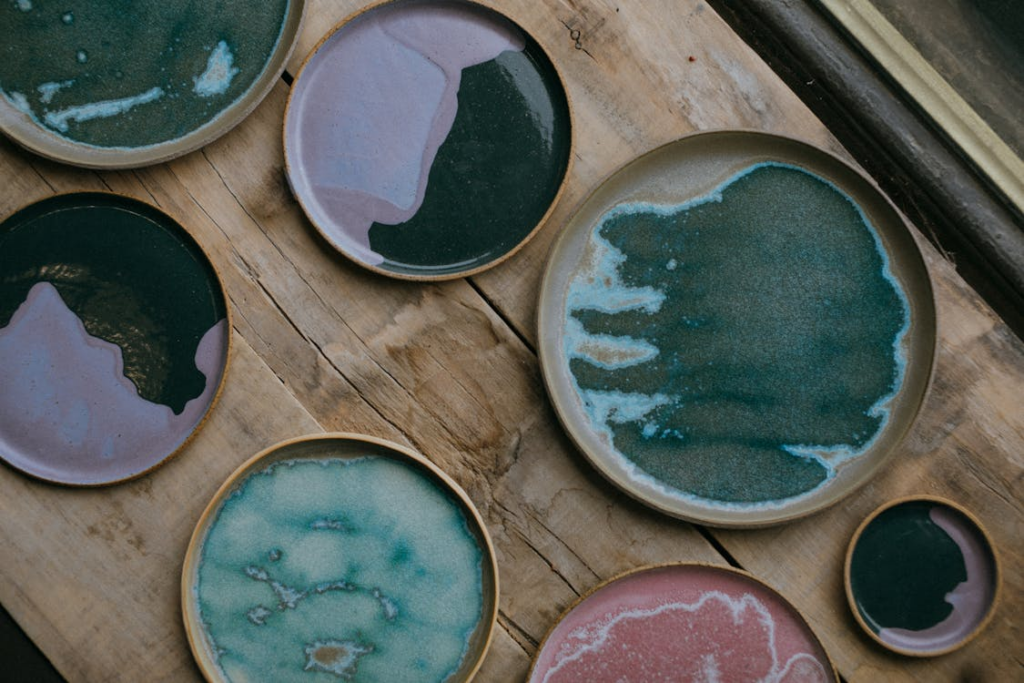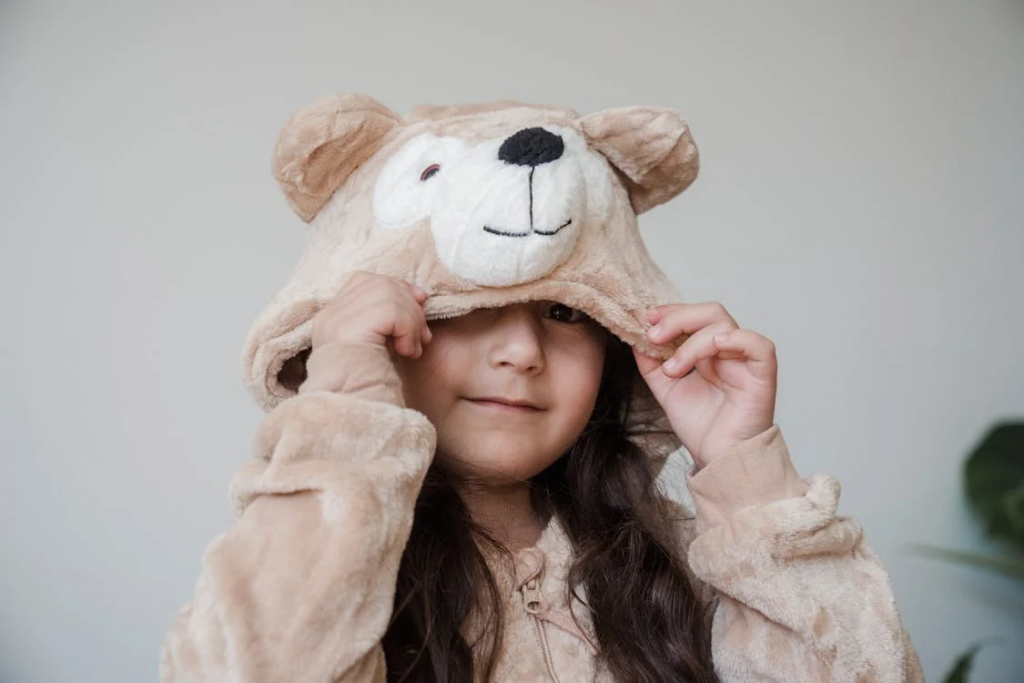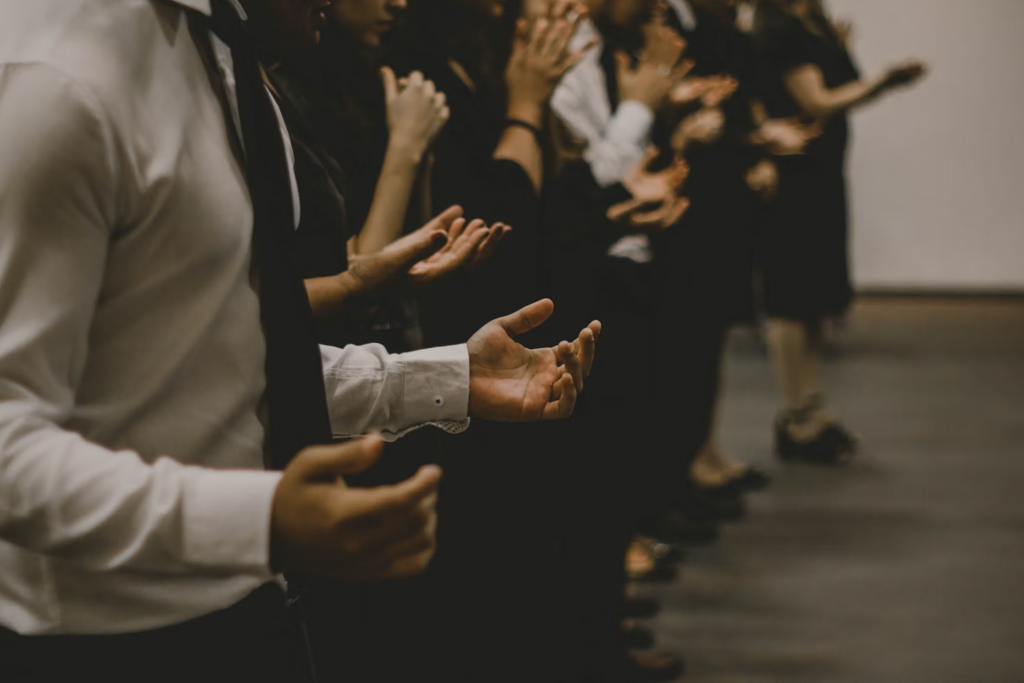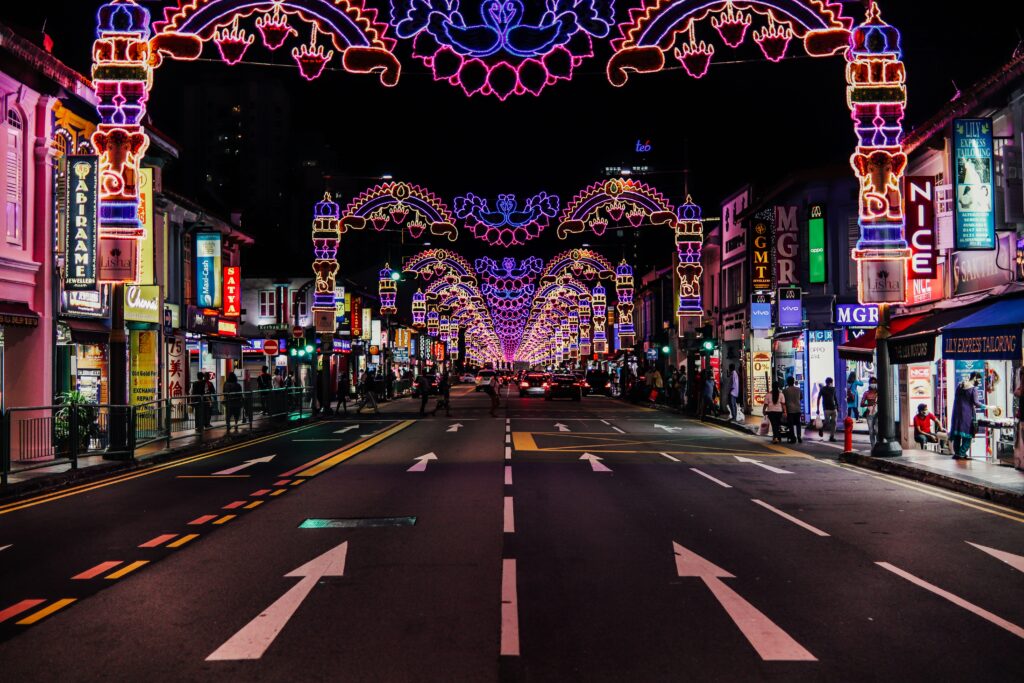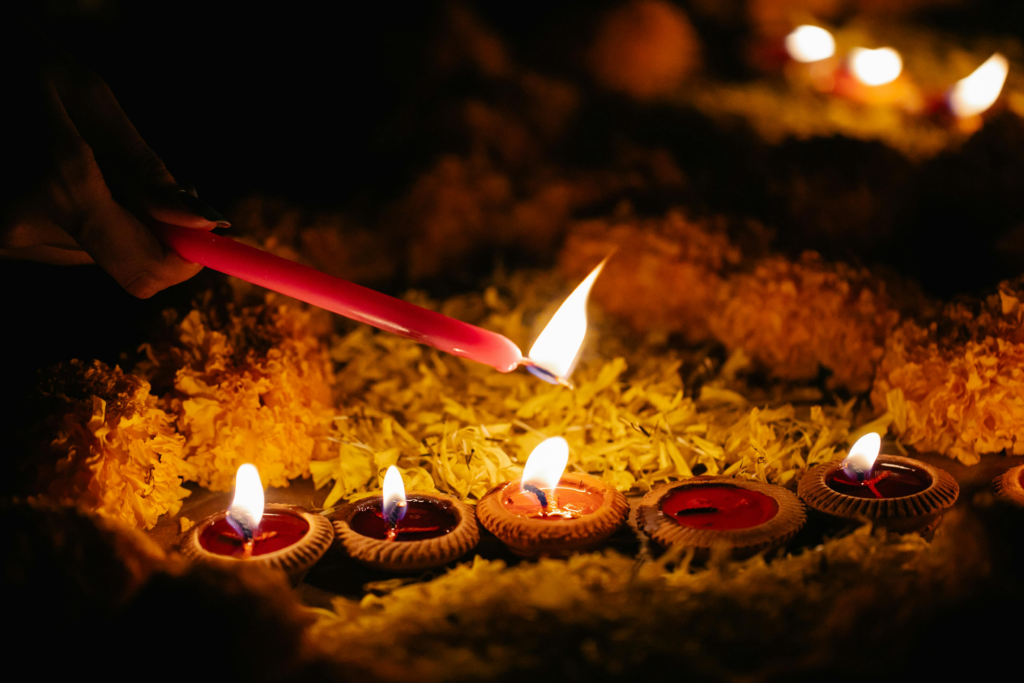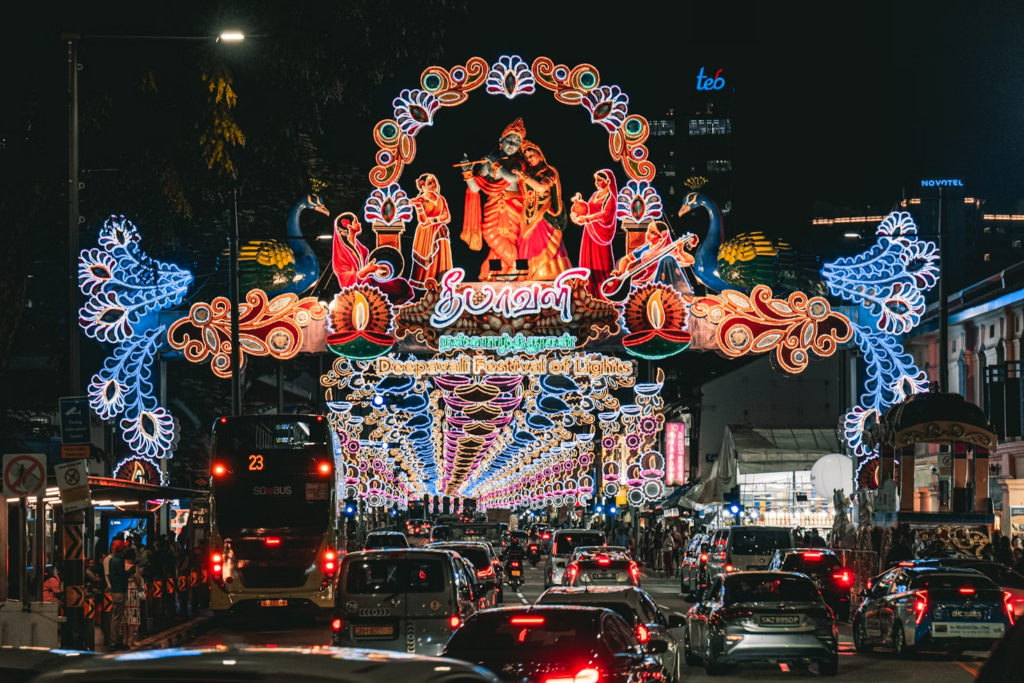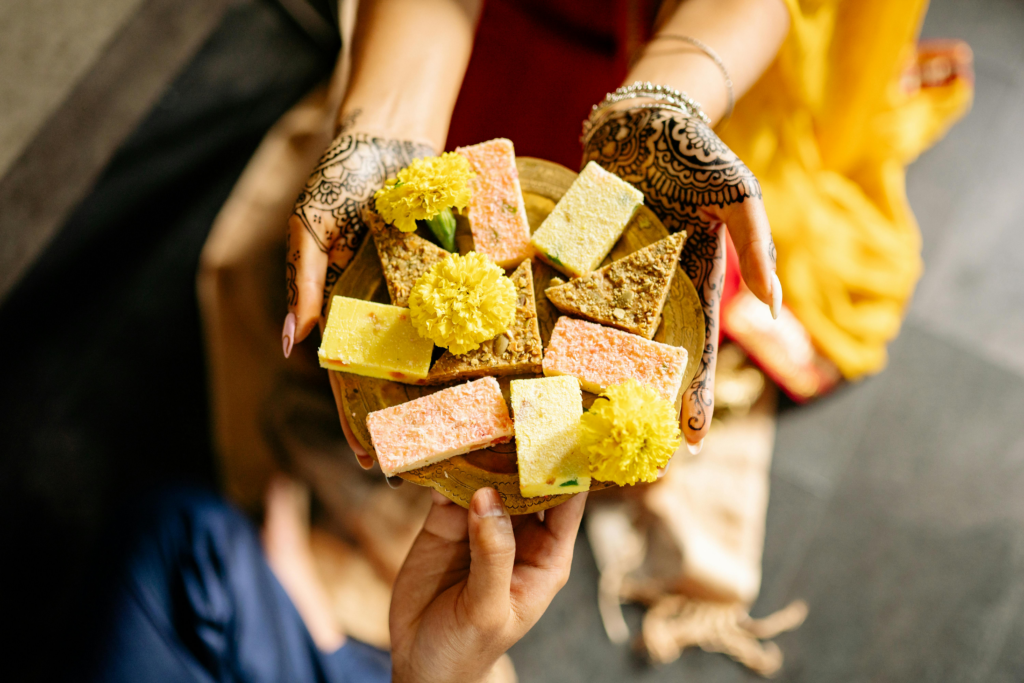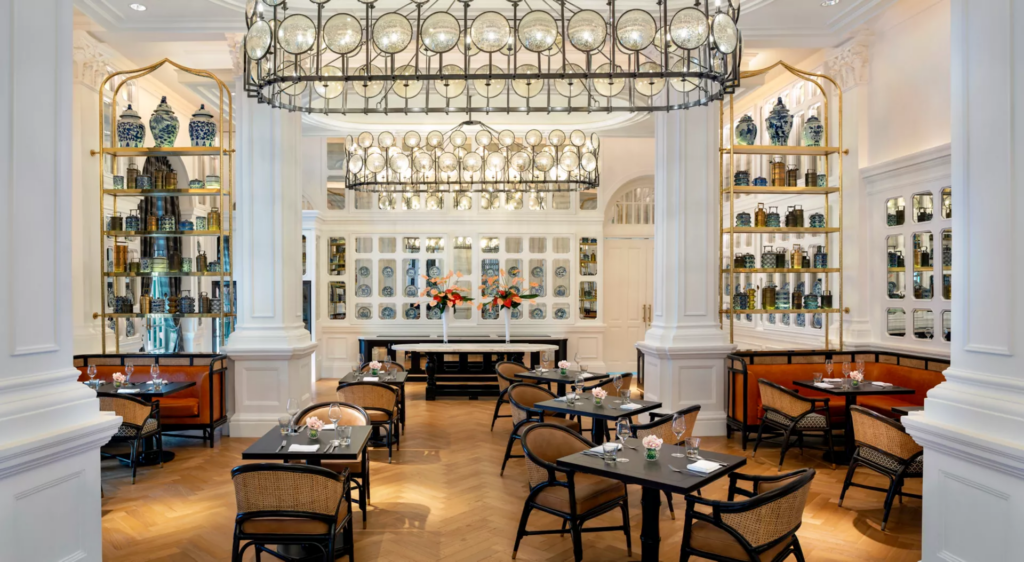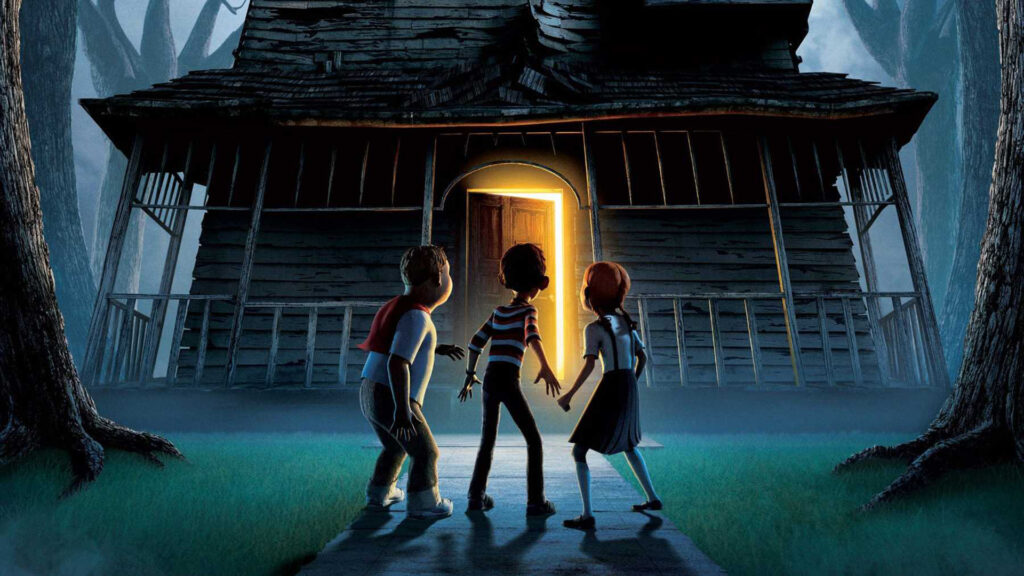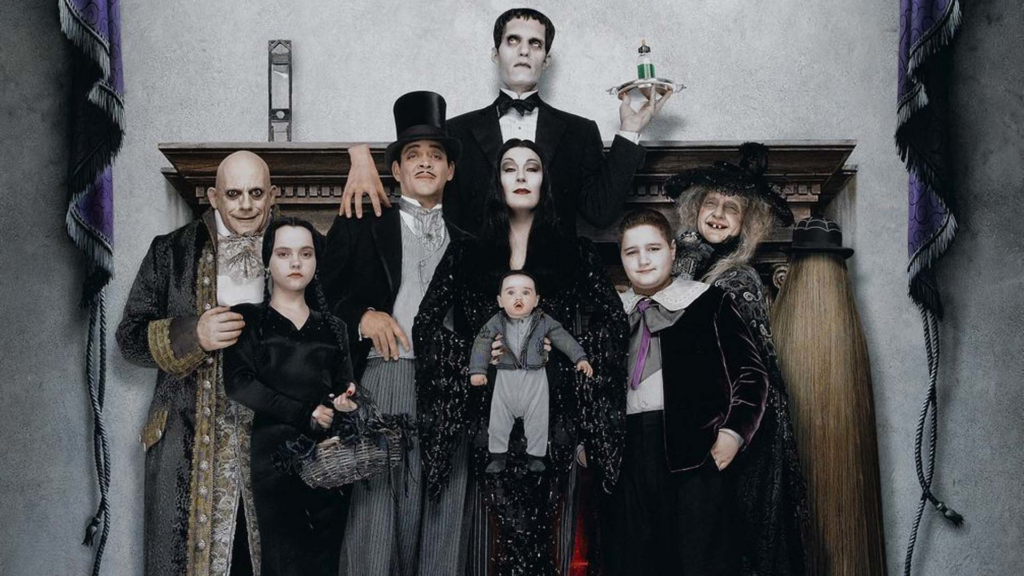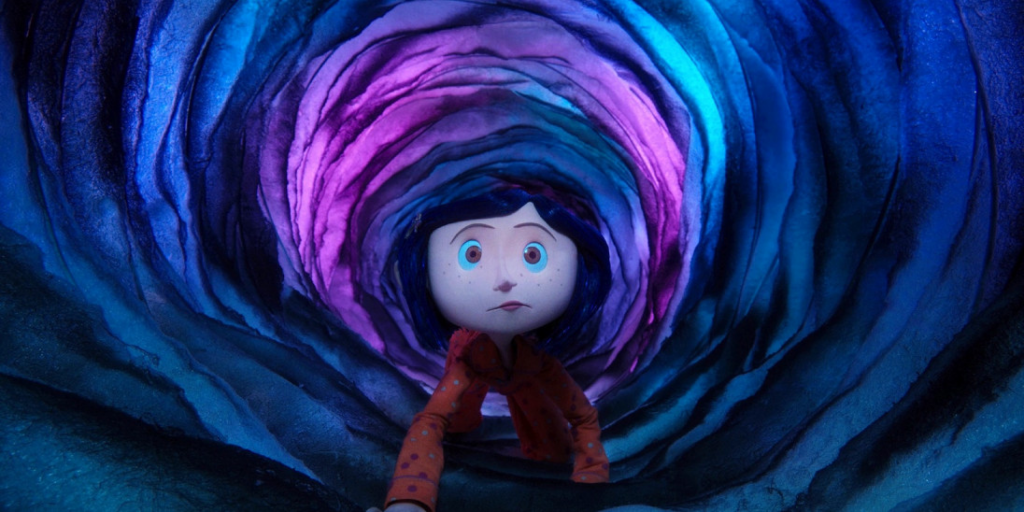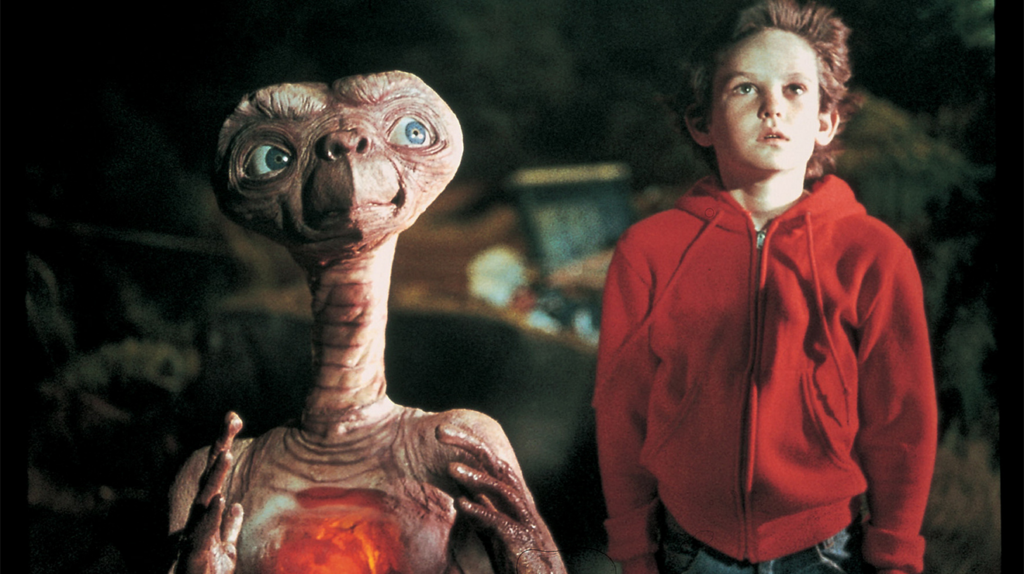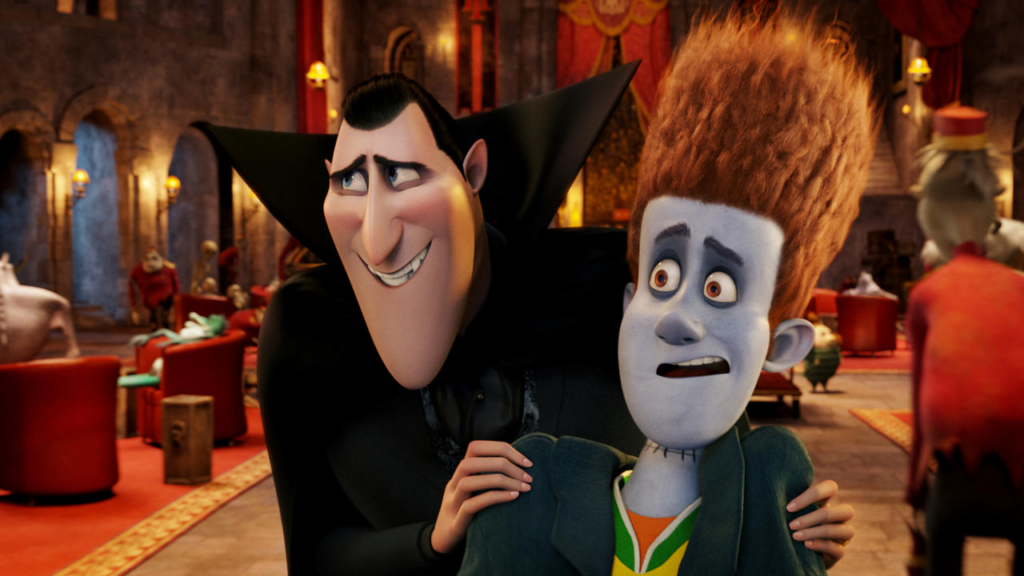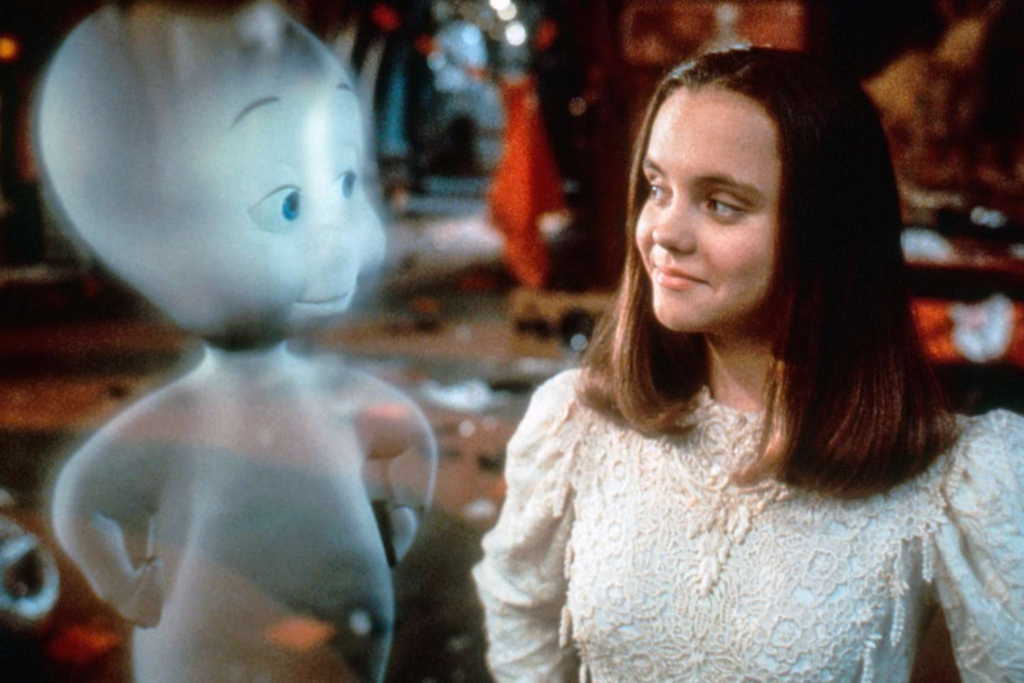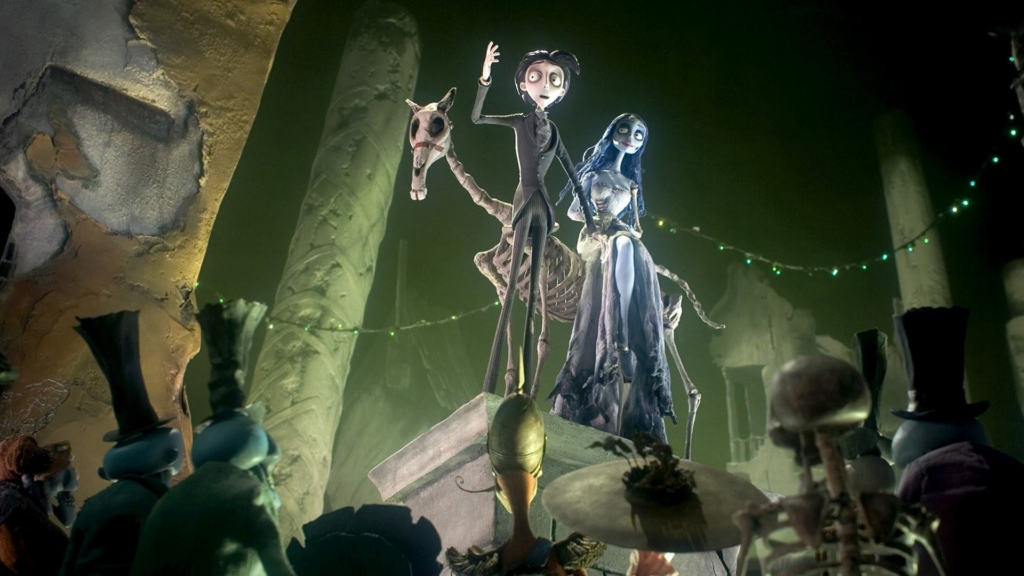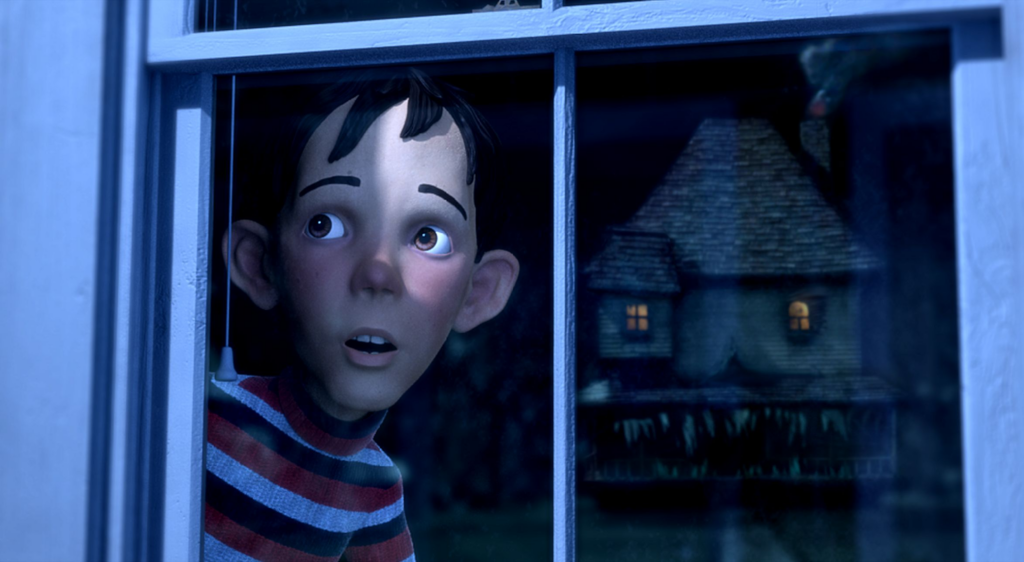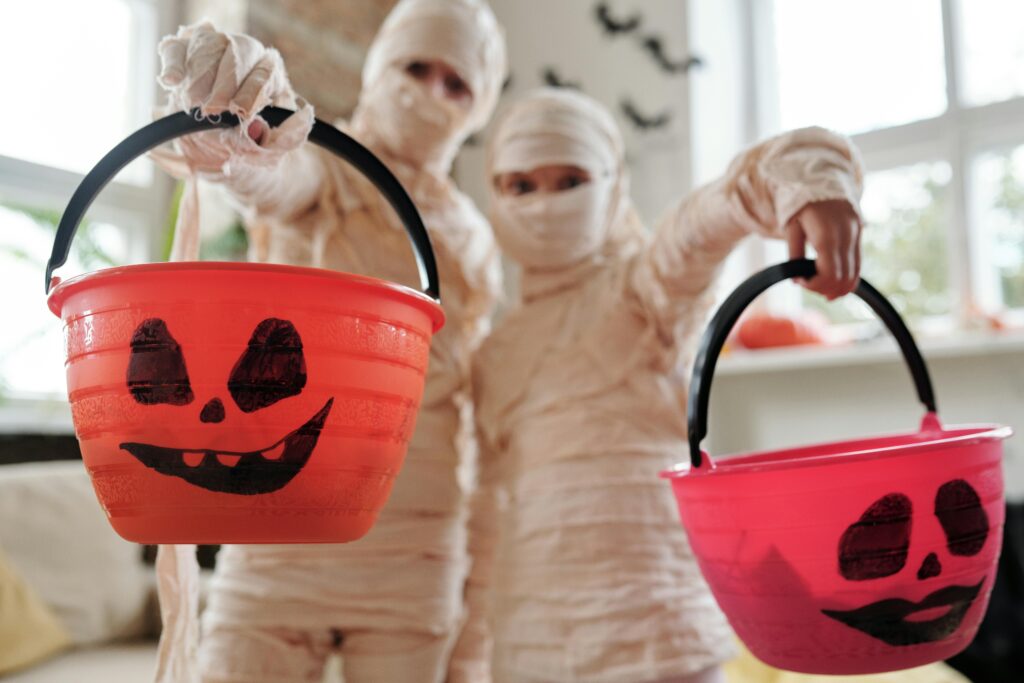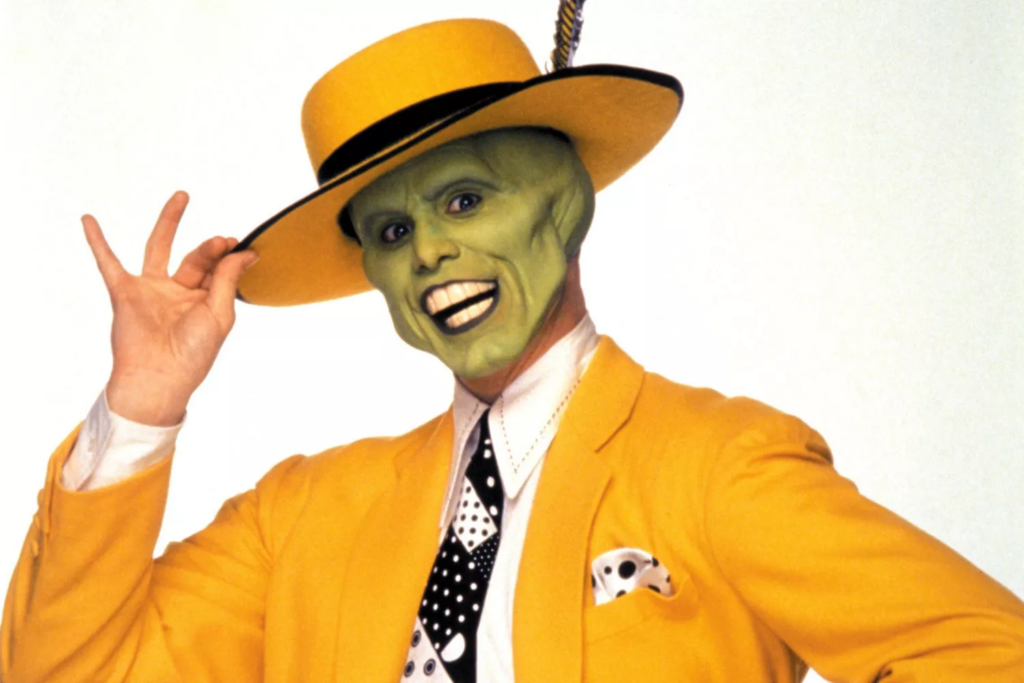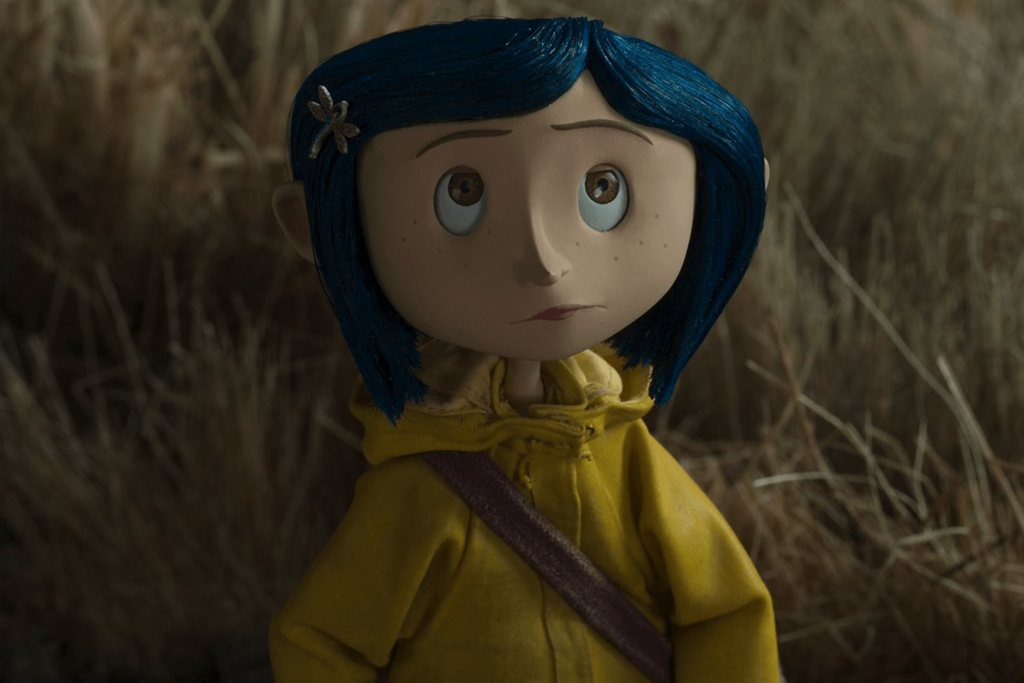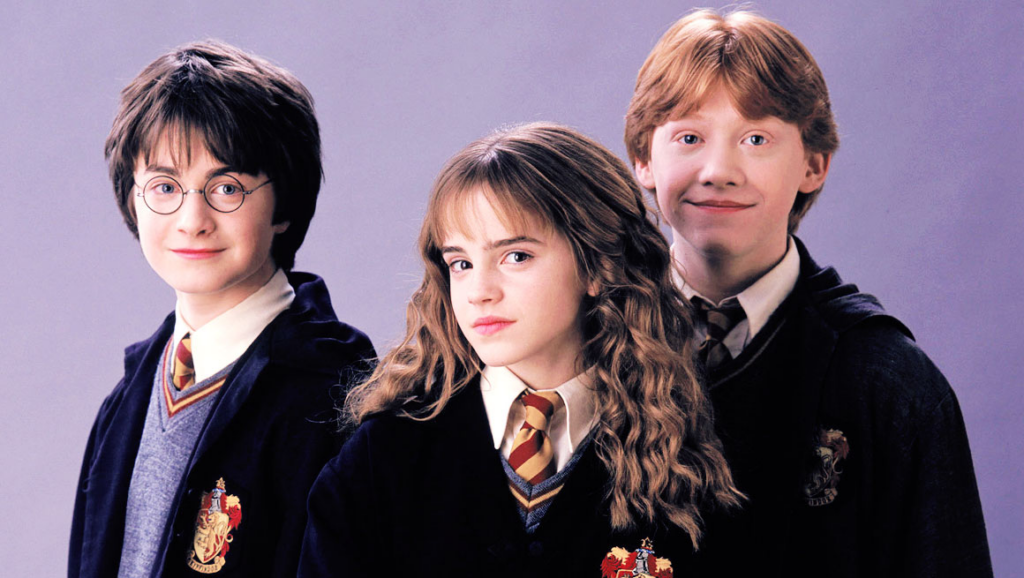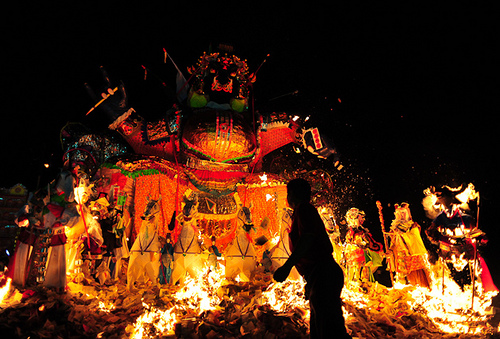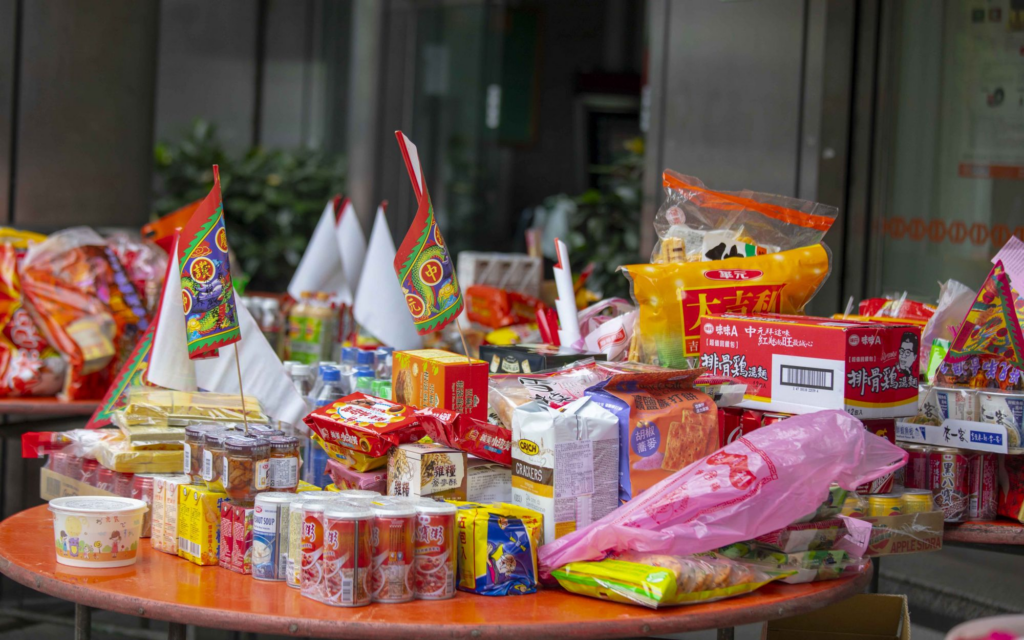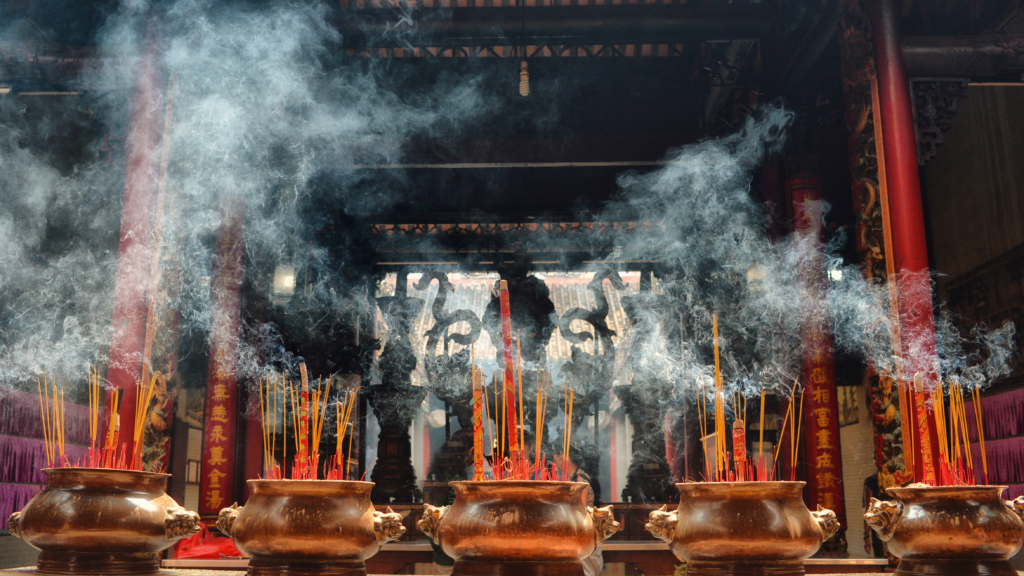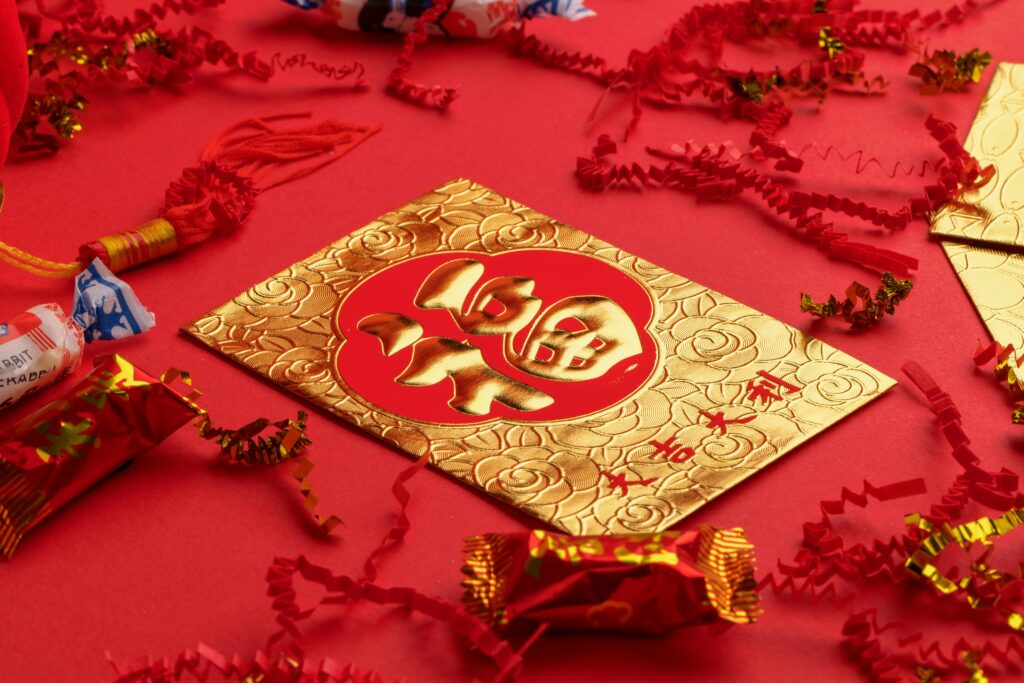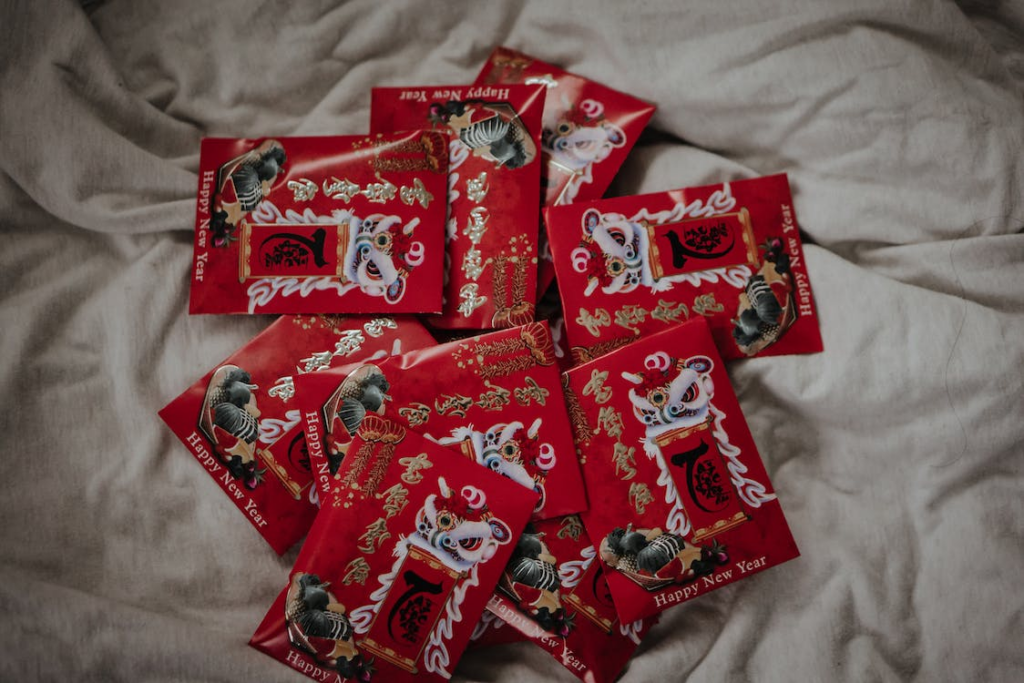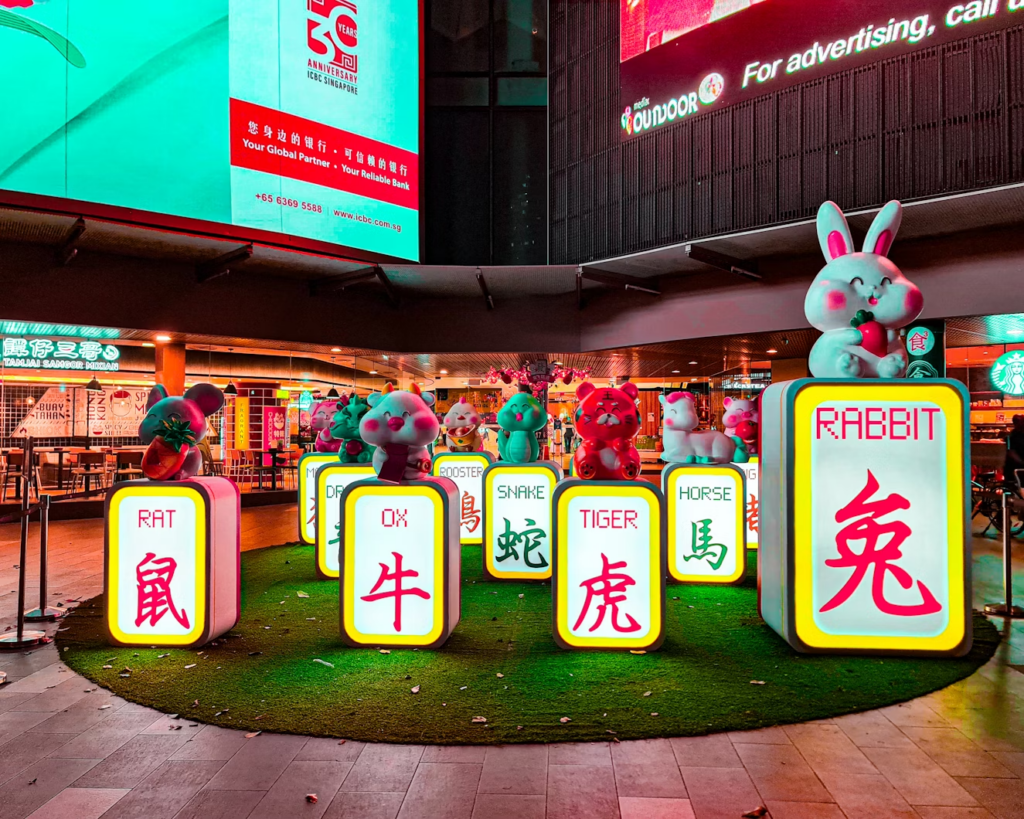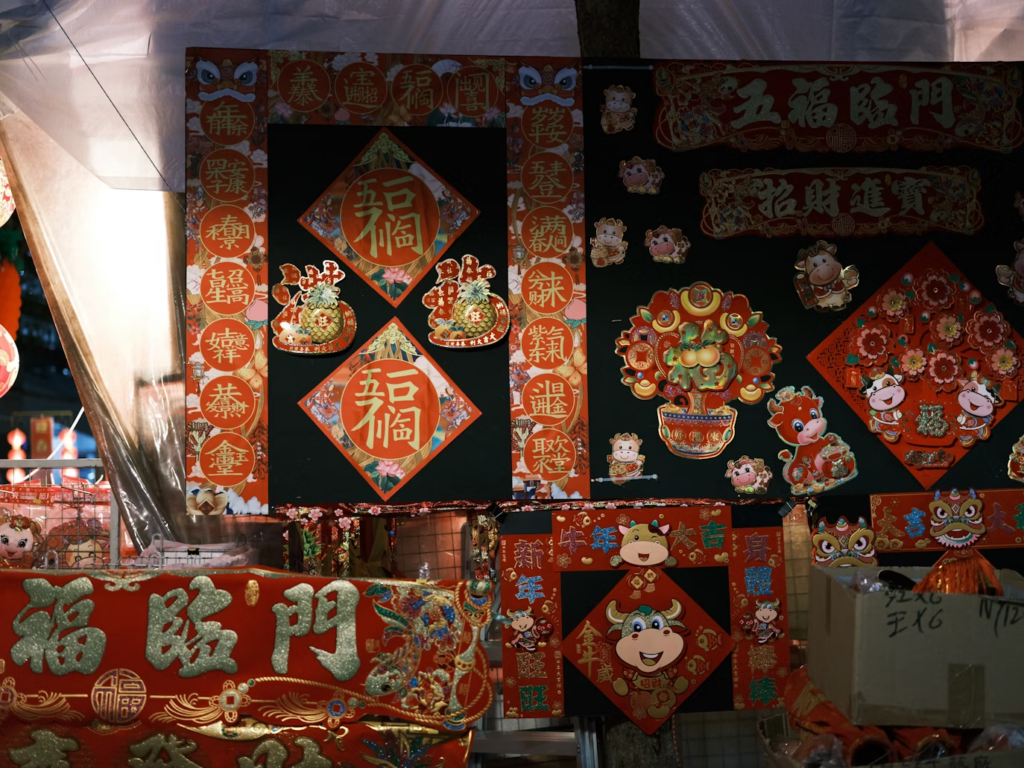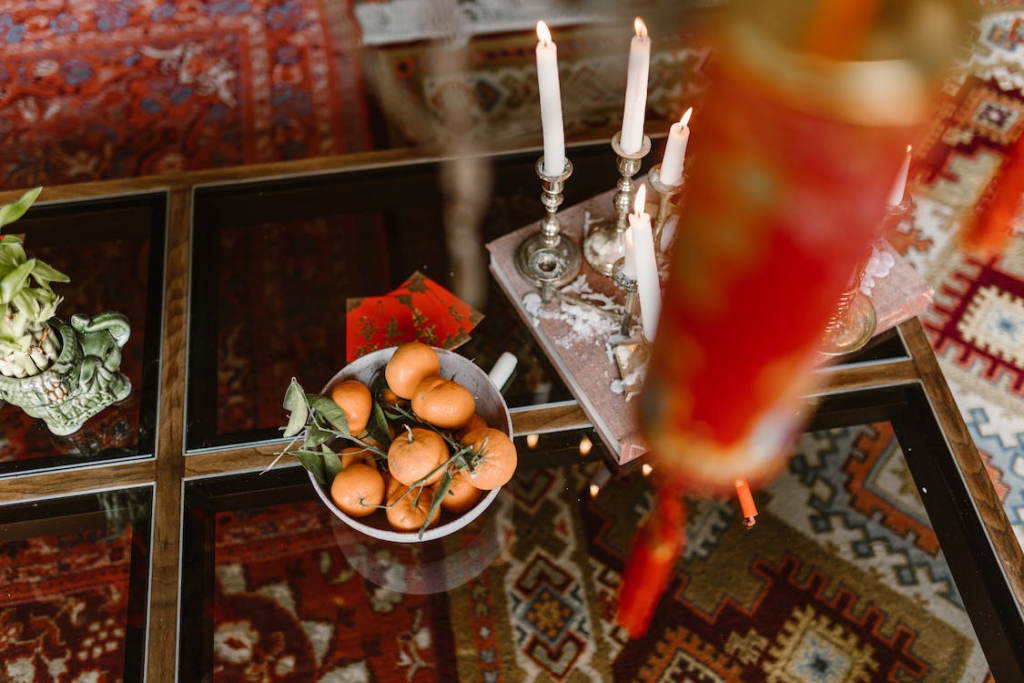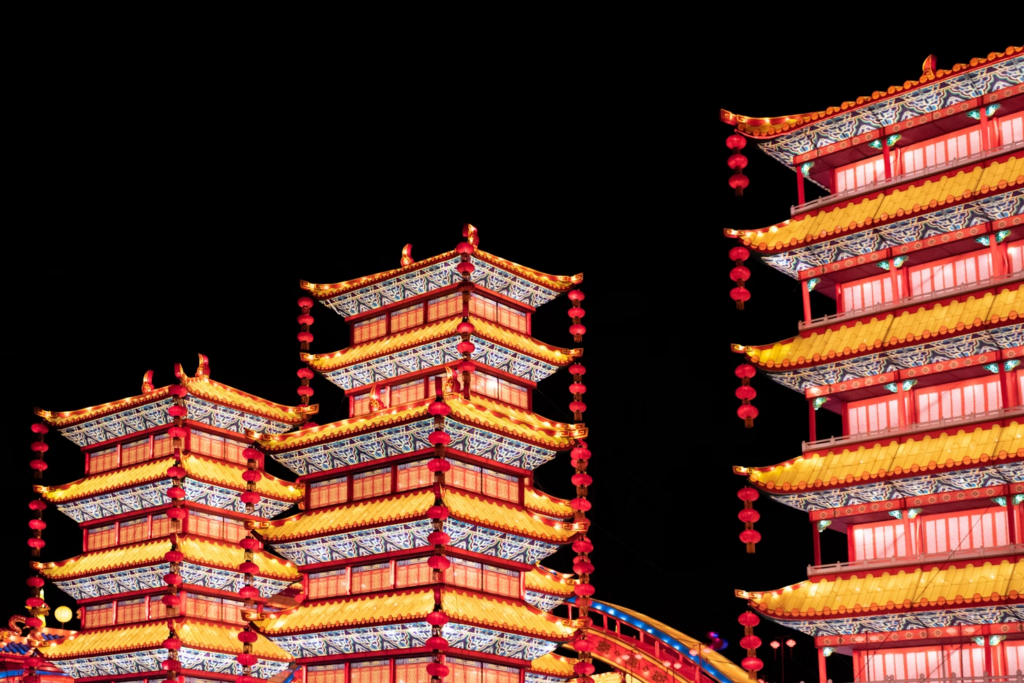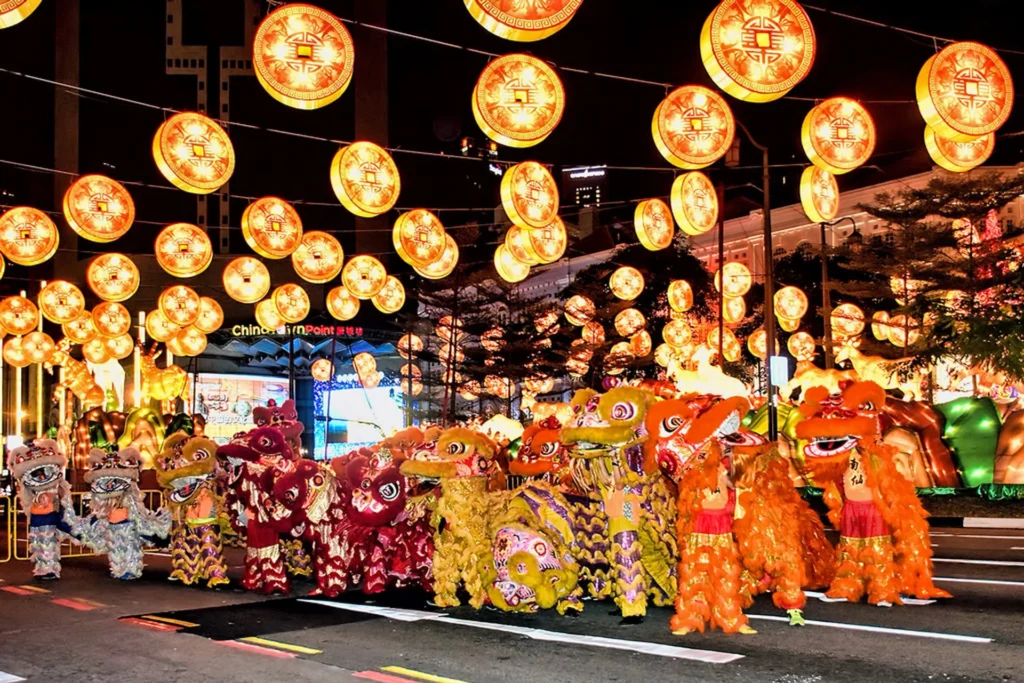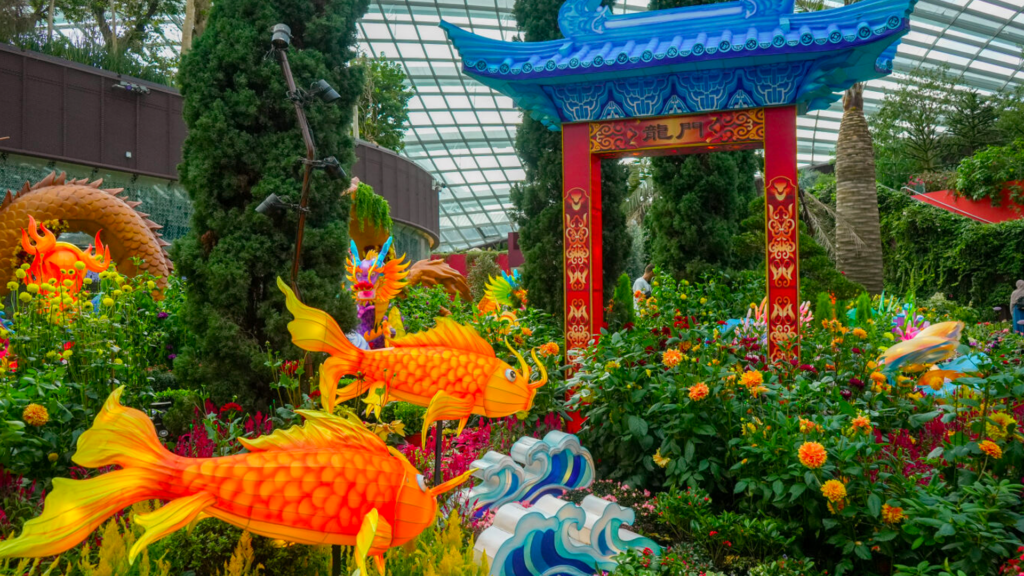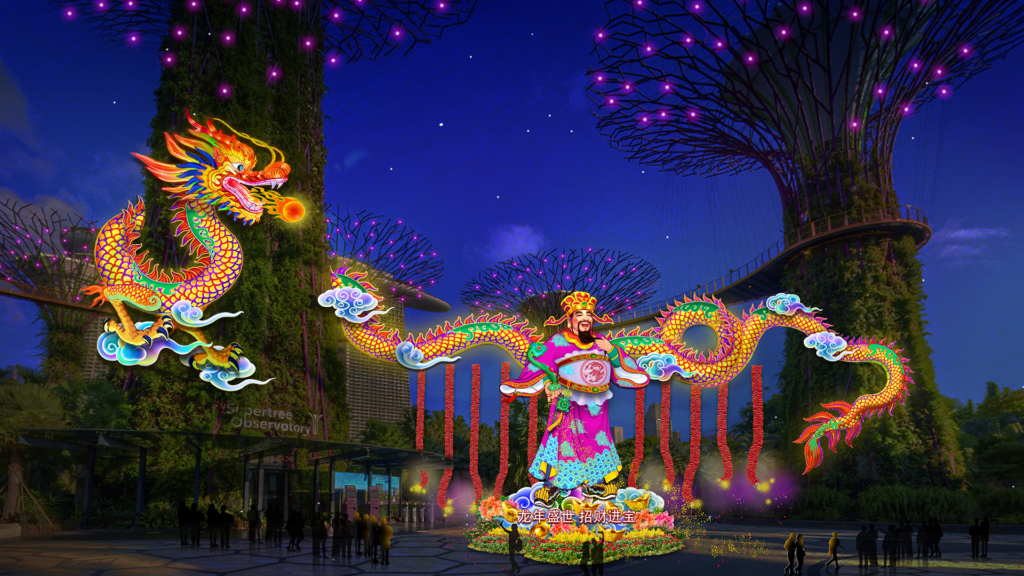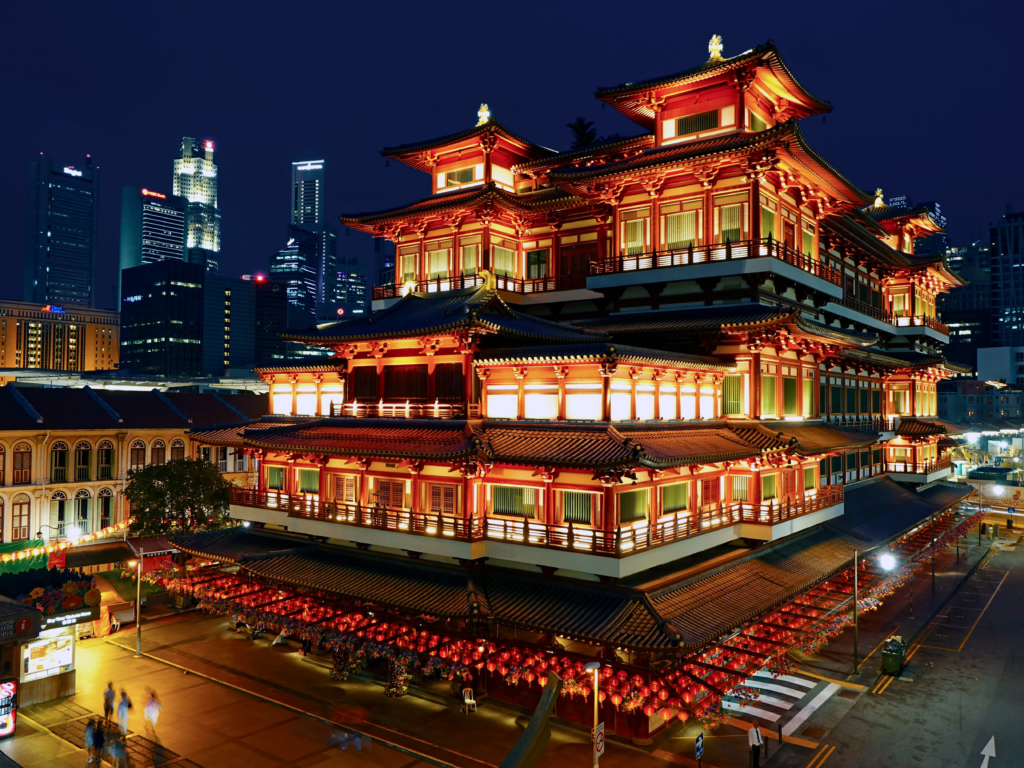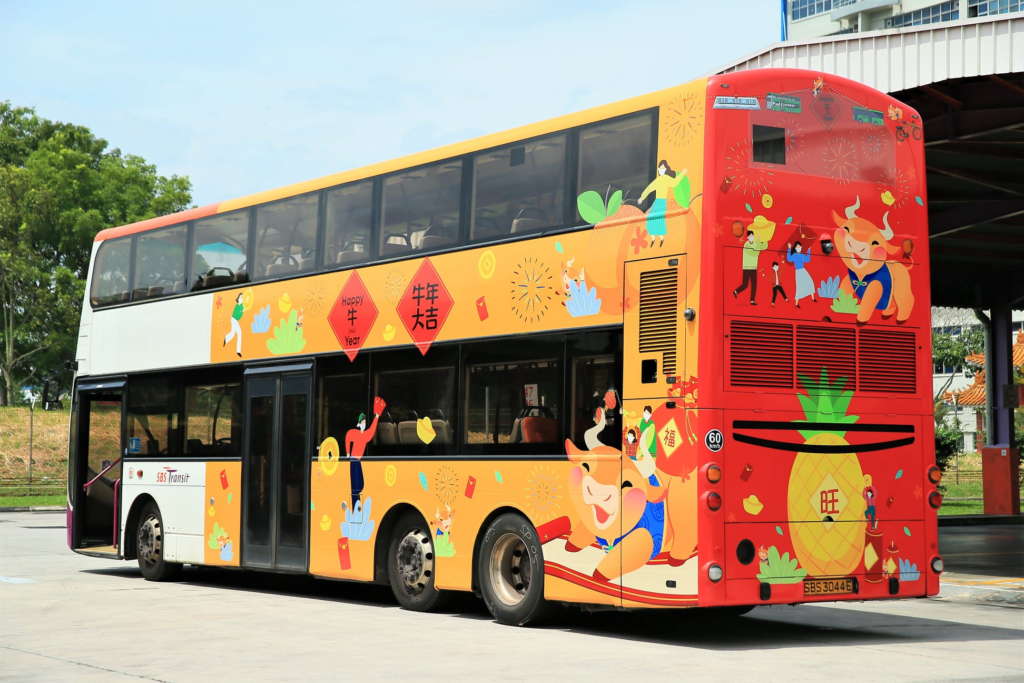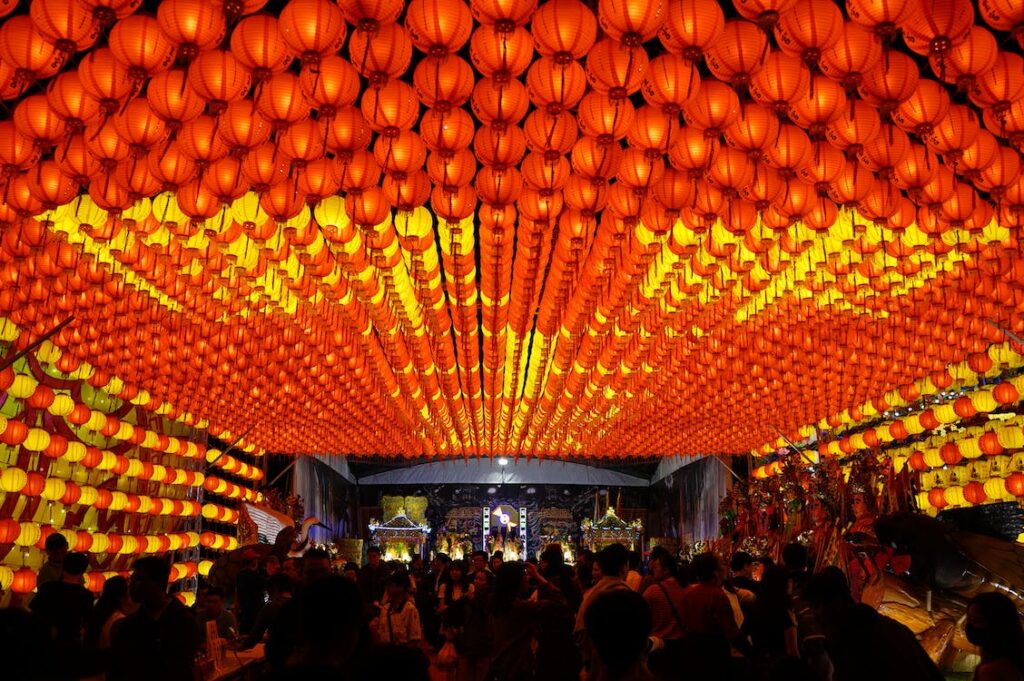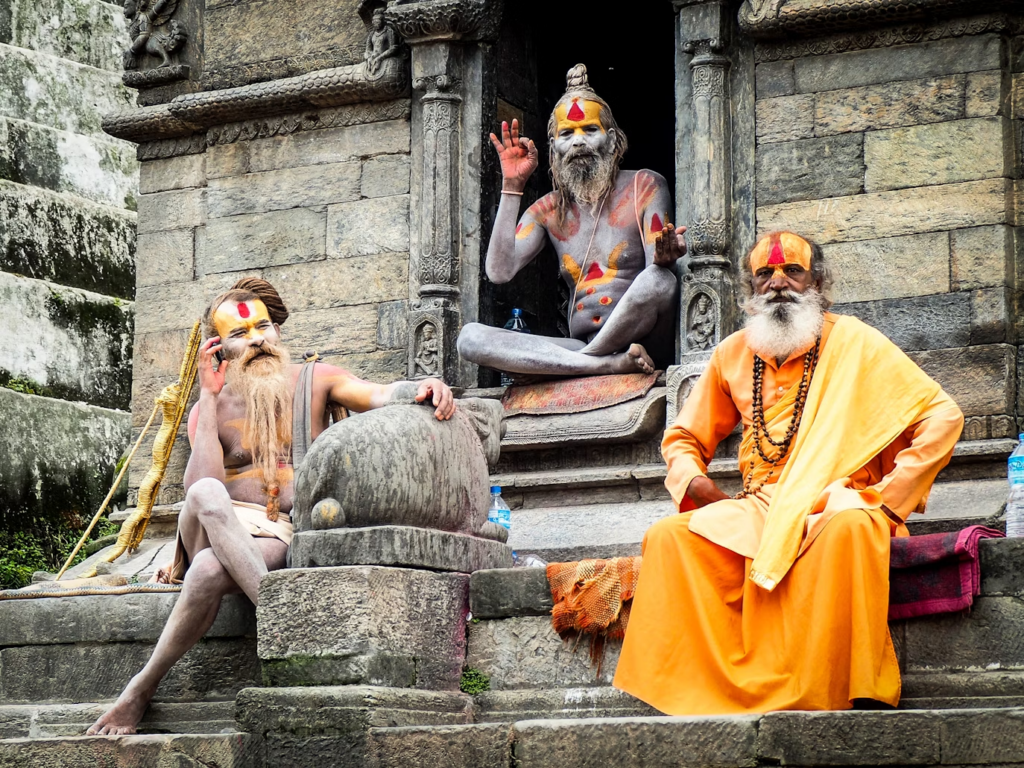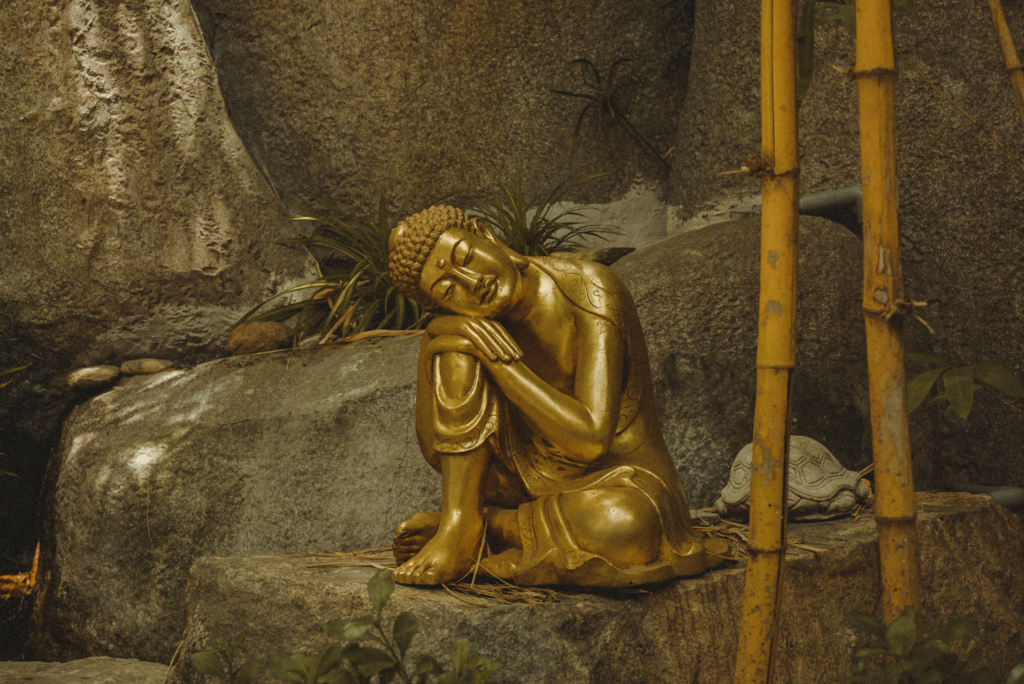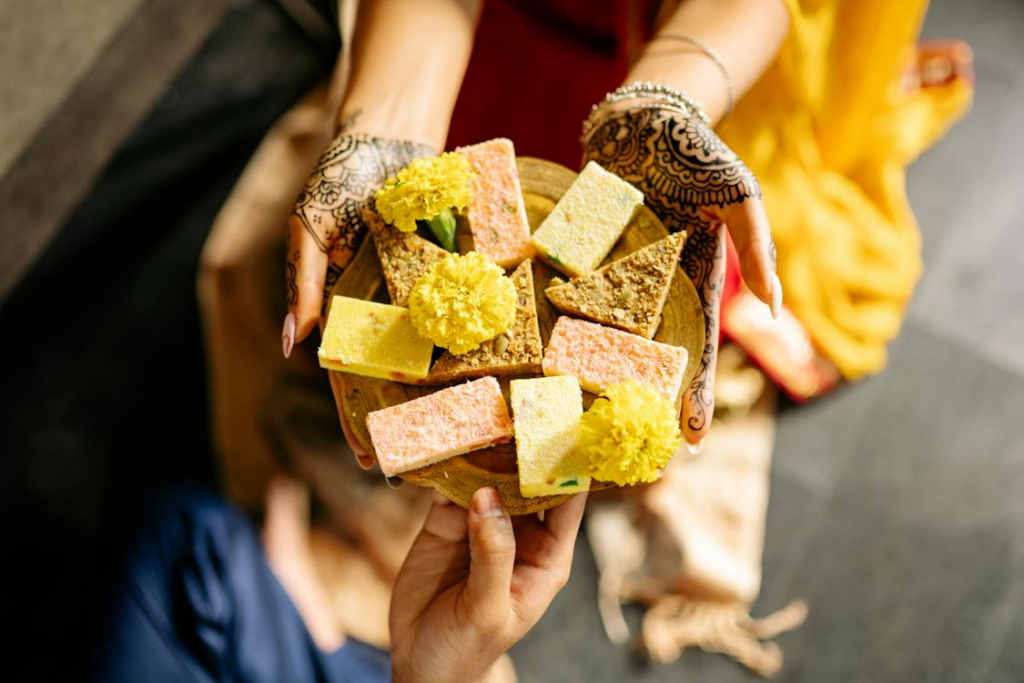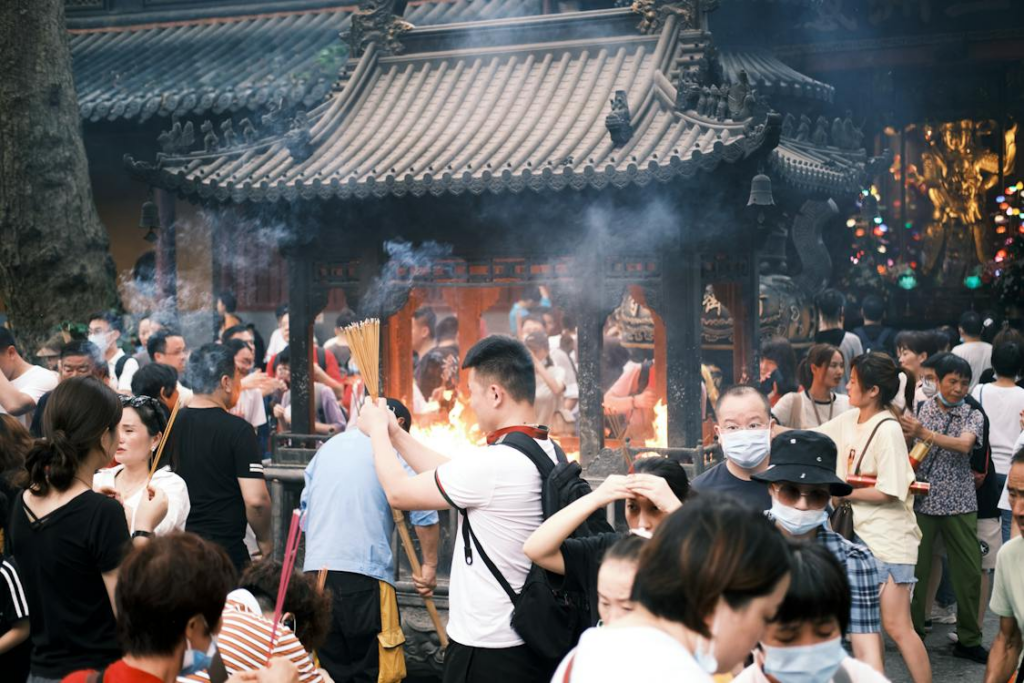"Every 21 July, students across Singapore honour the cultures that shape us, and the shared history that binds us."
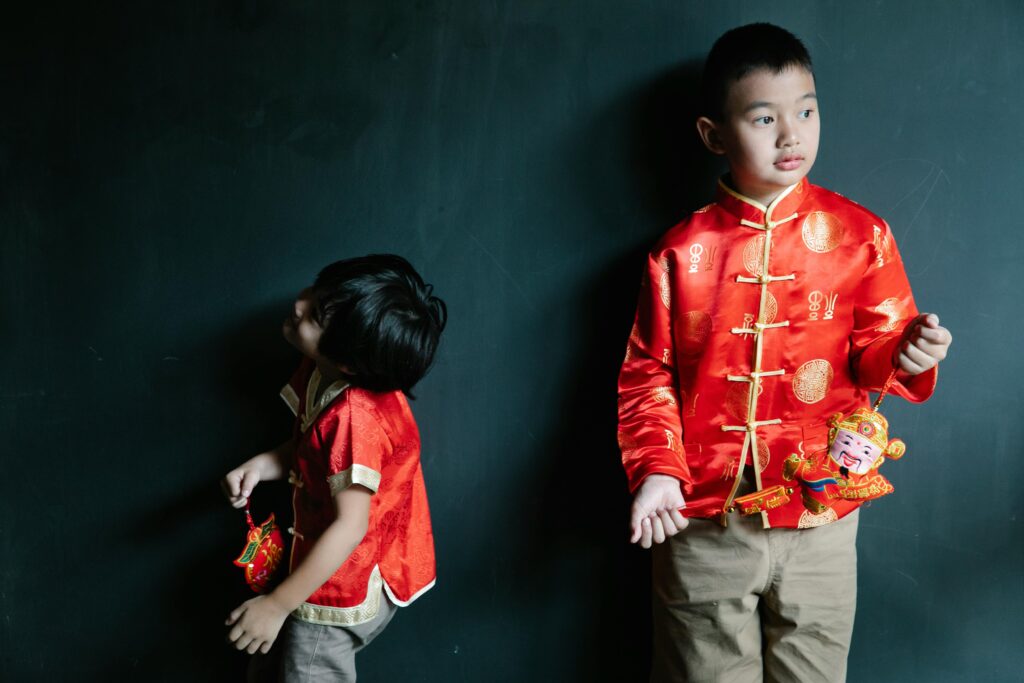
Racial Harmony Day is more than just dressing up or joining in activities, it’s a reminder of how far we’ve come as a community, and how much we can continue to learn by appreciating the people around us. Every year on 21 July, students across Singapore take time to reflect on our shared history and celebrate the cultures that shape our lives.
Through conversations, games, performances, and traditional dress, this day creates a space where students can connect, express themselves, and better understand what makes each culture unique. Let’s take a closer look at how we celebrate.
Celebrating Culture Through Traditional Dress
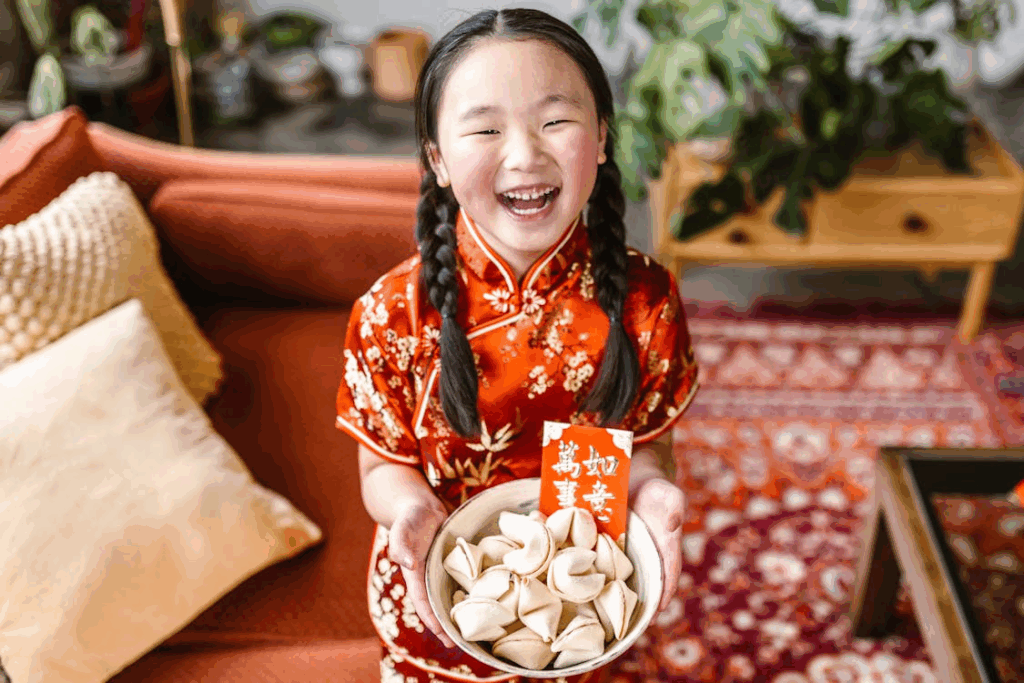
One fun and meaningful part of Racial Harmony Day is dressing up in ethnic costumes. On this day, students get a chance to wear traditional outfits that represent different cultures. It’s a way to show appreciation for the people around us and the diverse backgrounds that make up our school community.
You’ll see students in Cheongsams, Baju Kurung or Baju Melayu, and Sarees, Kurtas or Dhotis. Some students also wear Japanese Yukatas or Peranakan Kebayas, proudly representing their heritage. These traditional outfits highlight Singapore’s cultural blend and give everyone a chance to learn more about one another.
Wearing these costumes brings people together. When students take the time to understand the meaning behind what their friends are wearing, it encourages respect and conversations that help build stronger connections.
The sight of students walking around in their colourful outfits makes the whole day feel special. With bright fabrics, unique patterns, and beautiful designs, the school becomes a vibrant display of culture and unity. It’s a moment where everyone shines in their own way, while still coming together as one community.
What We Talk About in Class

Racial Harmony Day isn’t just about what we wear. What happens in the classroom also makes the day meaningful. During class, teachers often guide thoughtful conversations about why this day matters. It’s a chance for students to reflect, ask questions, and speak openly in a respectful space.
One of the topics students explore is what happened on 21 July 1964, a day marked by racial riots in Singapore. The violence resulted in the loss of lives and left many people hurt. Learning about this part of our history helps us understand why harmony is something we must actively care for and protect.
By looking back at how far we’ve come, students can see how peace, trust, and cooperation have been built over time. These classroom discussions help remind us that every act of understanding, no matter how small, can help strengthen the community we’re part of.
Let the Fun Begin!

What’s a celebration without some fun and games? On Racial Harmony Day, students take part in a variety of activities that are not only exciting, but also meaningful. These games are a great way to learn more about different cultures while having fun with friends.
Some of the traditional games include five stones, hopscotch, Chapteh, bola tins, and drawing kolams. These were commonly played in Singapore’s earlier days, often in shared spaces like void decks or playgrounds. Each one has a unique story and gives us a glimpse into how friendships were formed in the past.
Modern twists have also been added to keep things fresh, like Instagram challenges where students record ten-second messages to show appreciation for another culture. The ethnic costume competition is another favourite, where students proudly showcase their outfits and heritage with confidence and style. These games and activities are a fun way to connect, reflect, and celebrate the stories that shape who we are.
Harmony Is Best Shared
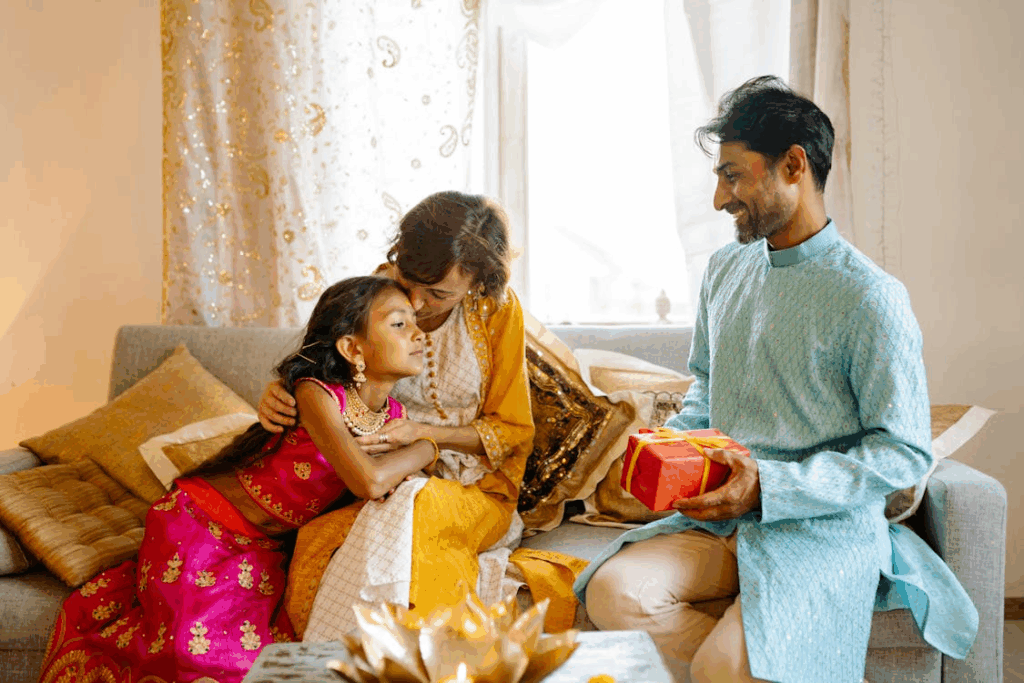
Living in Singapore means being part of a vibrant mix of cultures, races, and religions. Every day, we meet people who may have different traditions, speak different languages, or celebrate different holidays and that’s something to value.
Racial Harmony Day reminds us that understanding one another’s experiences brings us closer. As we learn more about the customs and beliefs of our classmates, we begin to notice how much we actually have in common. That builds respect and opens the door to real connection.
These moments of learning and acceptance help friendships grow. Over time, they shape the kind of environment we want in our schools and in our country, one where everyone feels safe, welcomed, and included. Harmony doesn’t grow on its own, it grows when we share it.
Upcoming Racial Harmony Day Events (2025)

Racial Harmony Day in 2025 will feature a variety of events designed to bring people together through shared experiences and cultural appreciation. These activities create opportunities for students to learn, participate, and celebrate the diversity that makes our community special. With performances, games, exhibitions, and more, this year’s line-up has something for everyone to enjoy.
Saturday, 26 July
Marymount Cultural and Dance Festival
- Bishan Active Park, Bishan St 23
- 6.30 pm to 9.30 pm
- Free admission
Toa Payoh Central Racial Harmony Celebrations
- Toa Payoh Central Community Centre, Level 2 Multipurpose Hall
- 3 pm to 6 pm
- SG$3 per person
Sunday, 27 July
Ang Mo Kio–Hougang–Jalan Kayu Harmony Walk
- Ci Yuan Community Centre
- 7.30 am to 9.30 am
- SG$2 per person
A Youth Intercultural Showcase: Kaleidoscope Harmony In Motion
- Singapore Chinese Cultural Centre
- 5.30 pm to 10.15 pm
- SG$20 per person

